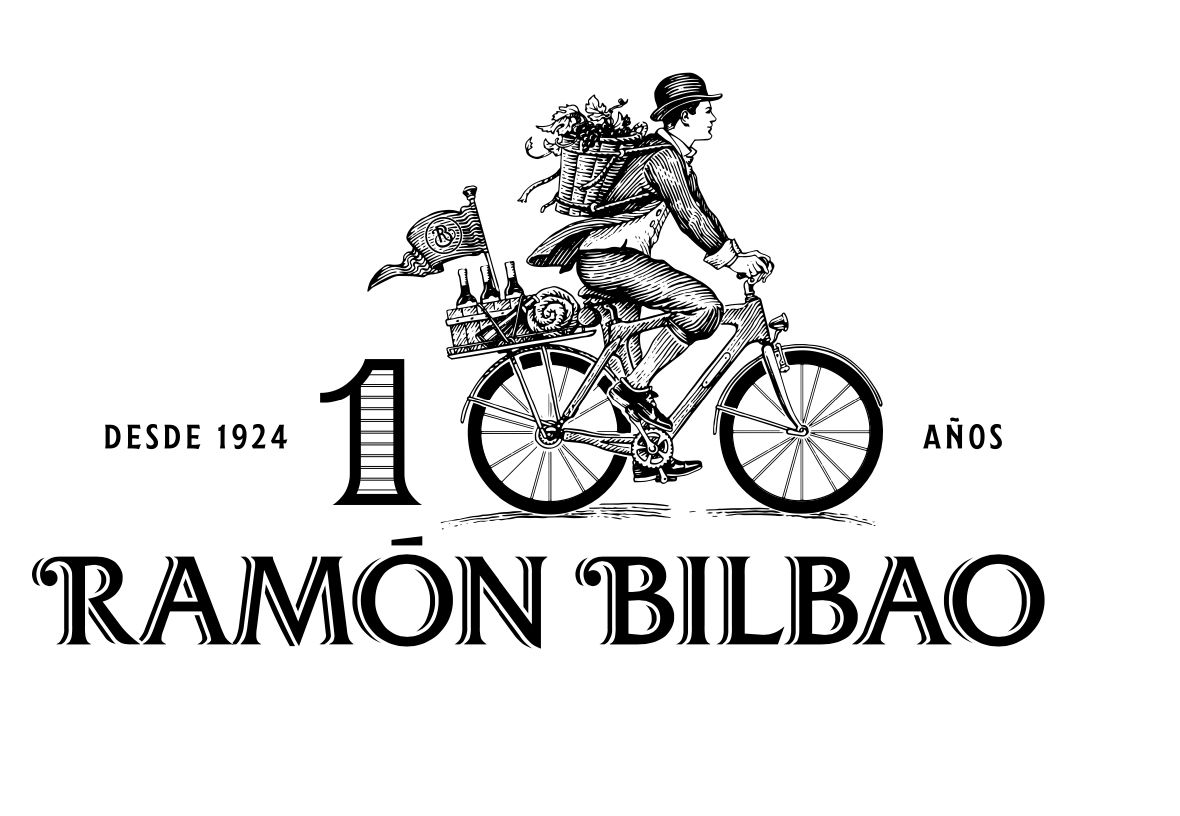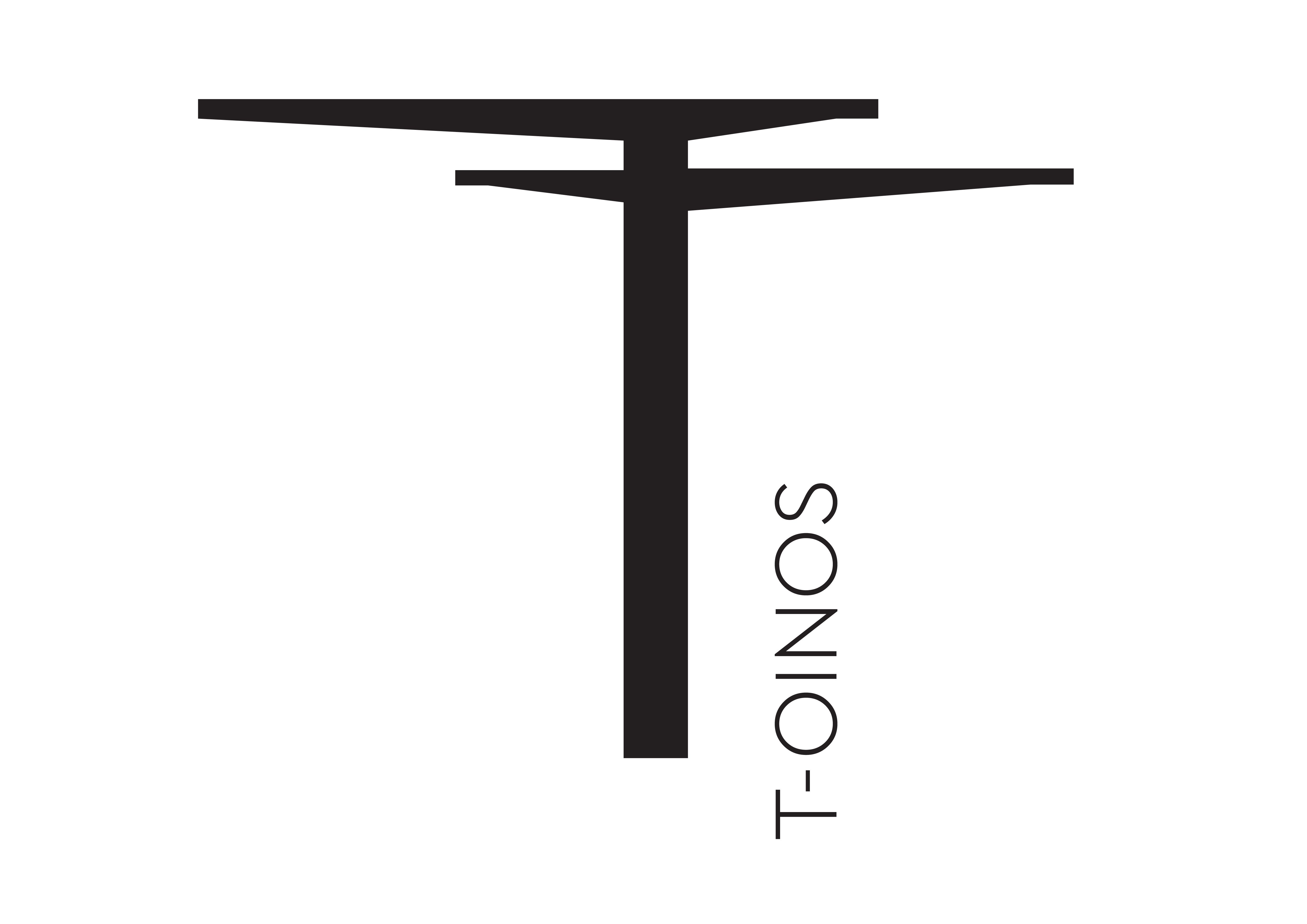2016 is another fine vintage for Soave after an equally good 2015. We recommend 11 wines from the Soave Revealed tasting held in London, that kicked off a mini trade and consumer roadshow in the UK, plus some examples of fine aged Soave.

Soave will be centre-stage at Vinitaly in Verona this week
It is no coincidence that before Soave was accorded an official wine denomination in 1931, it was known in Italy as ‘Petit Chablis.’
The young Soave that is grown on limestone has many similarities to young Chablis – bright lemony zest, herbs, white fruit, firm acidity and a steely freshness that makes it work as an aperitif or as a food wine. The finer examples of Soave also evolve well with age.
The Consorzio, the Soave trade body, is clearly sensing an opportunity as Chablis has been rocked by a disastrous 2016 vintage, and the timing is right to emphasise how Soave can be a substitute.
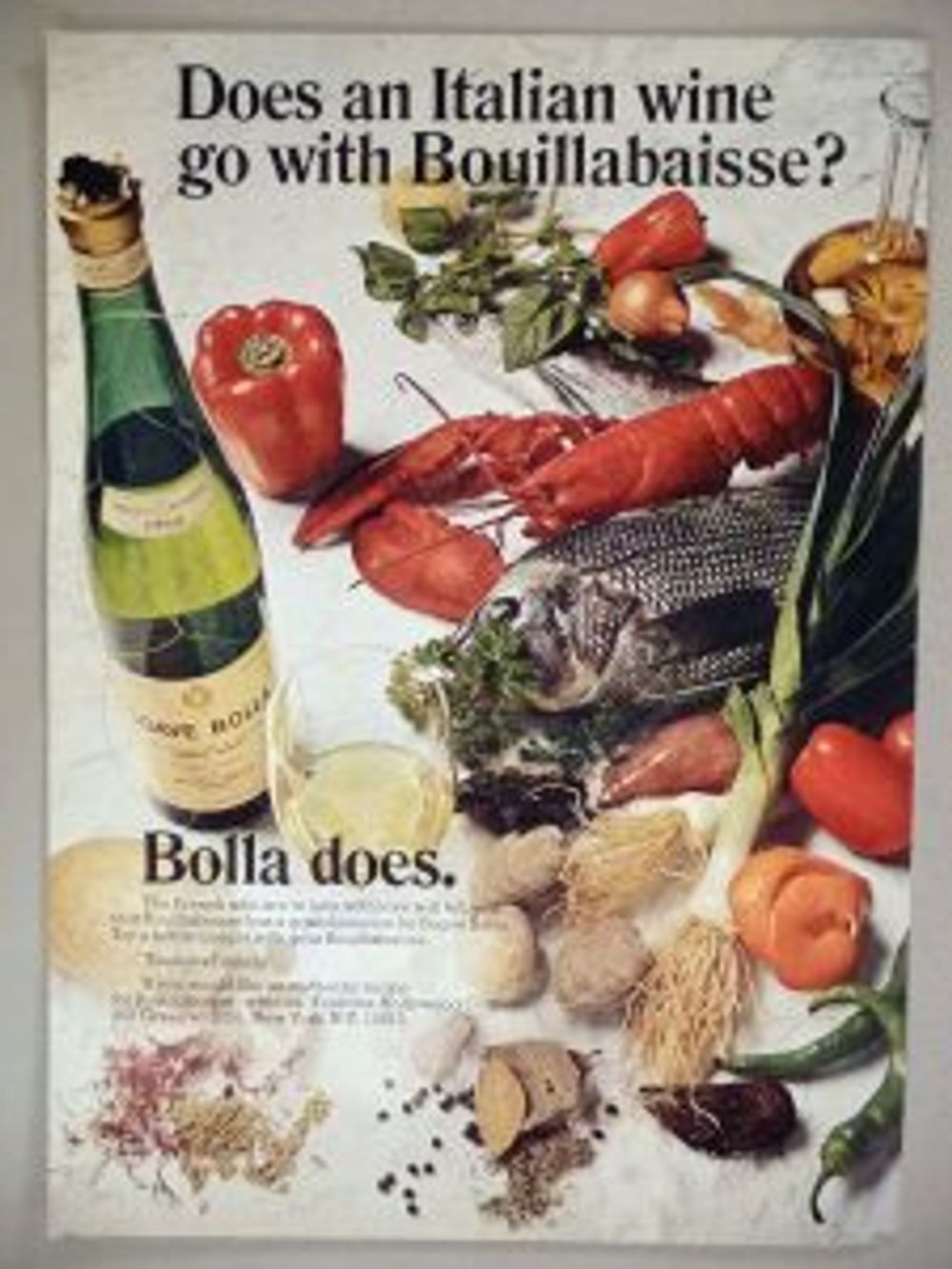
A US advert for Bolla from the early 1960s already anticipating how Soave can be a substitute for French wine
Sarah Abbott MW, who has been fronting the Consorzio’s charm offensive in the UK, recently wrote an argument for Soave being re-evaluated by the trade (see here). In it she highlights how quality examples of Soave on a wine list retailing at £25-£45 was filling the price and style gap left by Premier Cru Chablis that is now often £45+ on wine lists
Visiting Chablis on two occasions last autumn and seeing half empty barrel rooms, I cannot stress enough that a drought of Chablis is about to hit the UK in the next two years and prices will only go further on up.
There are a number of wines that can be suitable alternatives on a wine list – until Chablis producers start hopefully replenishing stocks – and Soave is clearly one of them.
The case for Soave regaining its popularity in the UK
There are a number of factors why Soave could start making more of an appearance in the UK: quality of production has gone up, scores of new independent winemakers are on the scene, the wine is under-priced for the quality level and 2016 is a fine vintage, that follows an equally fine 2015.

The Consorzio’s advertising in Italy is always high profile (2014)
A not inconsiderable factor is also the fact that, like Pinot Grigio, people can actually pronounce Soave, something that can hold back other Italian varietals.
When faced with a daunting Italian wine list customers who order Pinot Grigio can often be doing this as a ‘knee-jerk’ reaction.
One potential stumbling block to the way forward for Soave, it would seem, could be the public’s outdated perception of Soave as uninteresting plonk, for which we have the over-production of the 1960s to blame, when Soave became a victim of its own success (vineyards increased sevenfold to cope with the demand, particularly from the US).
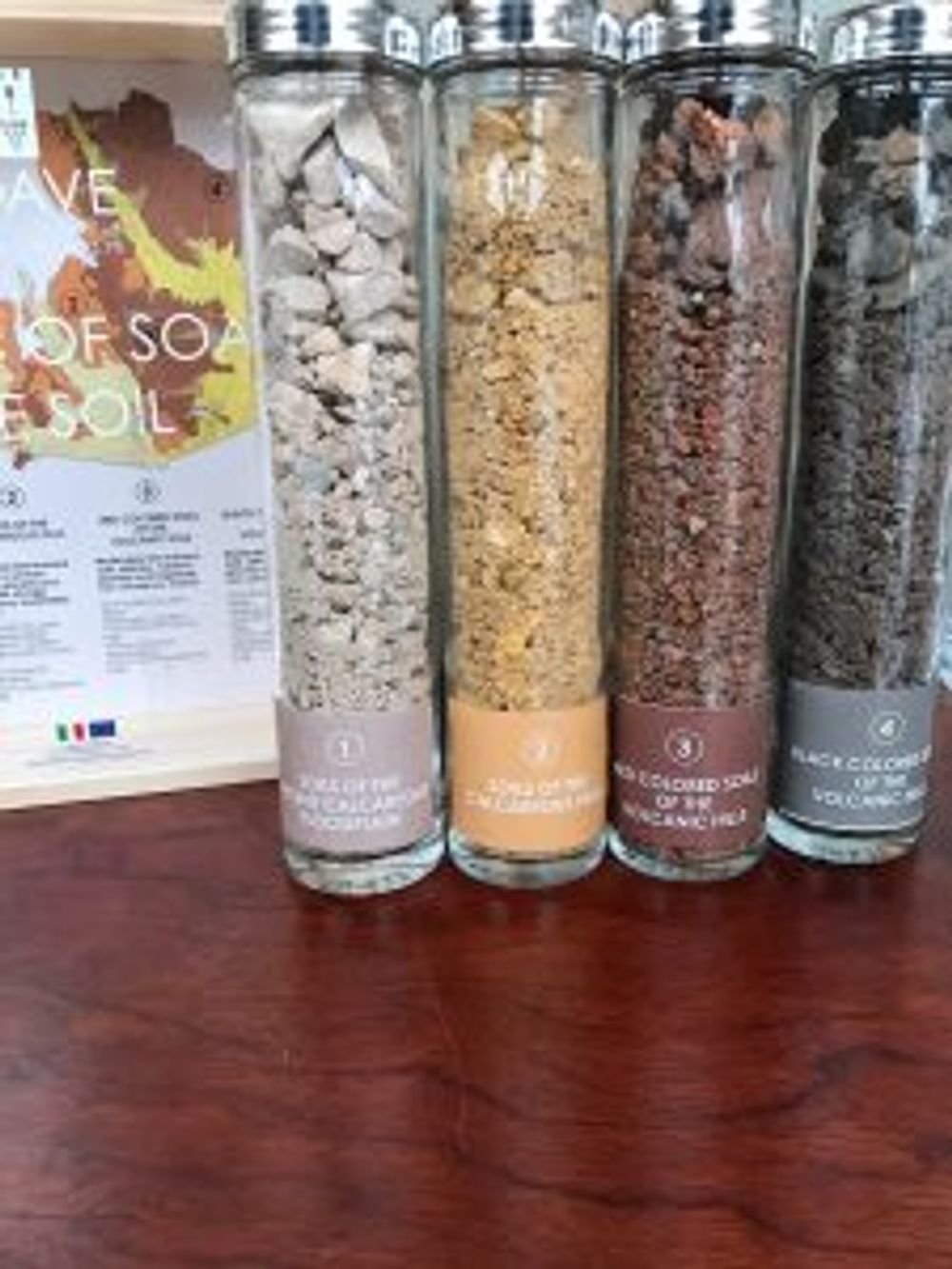
The four main soil types of the region
Also, like all Italian wine regions, there is a lot of complexity and, in Soave’s case, controversy surrounding the appellation’s quality pyramid which has been re-jigged in the last decade and has resulted in some of Soave’s best known producers, such as Pieropan (missing from the London tasting) opting out of the classification system.
There is also a variety of soils that is producing a variety of styles of Soave. Which is a good thing.
To keep things simple, I would say this is primarily a difference between fruit-forward styles and steelier, more acidic wines. When Soave DOC wines are tasted young, however, the differences between these two styles are minimal.

Soave Revealed tasting at London’s 67 Pall Mall club
When I was tasting my way through 50 Soave at London’s Soave Revealed tasting, I was surprised to discover how consistent and high the quality of the wines were, and also how well they were evolving.
Of 50 wines there was only one I disliked which is a good batting average in anyone’s book.
So which are the wines I would recommend?
I have picked three wines from 2016 but, to be honest, they were all drinking very well despite them being young and, as one winemaker at the tasting mentioned, being hurried to be ready for Vinitaly.
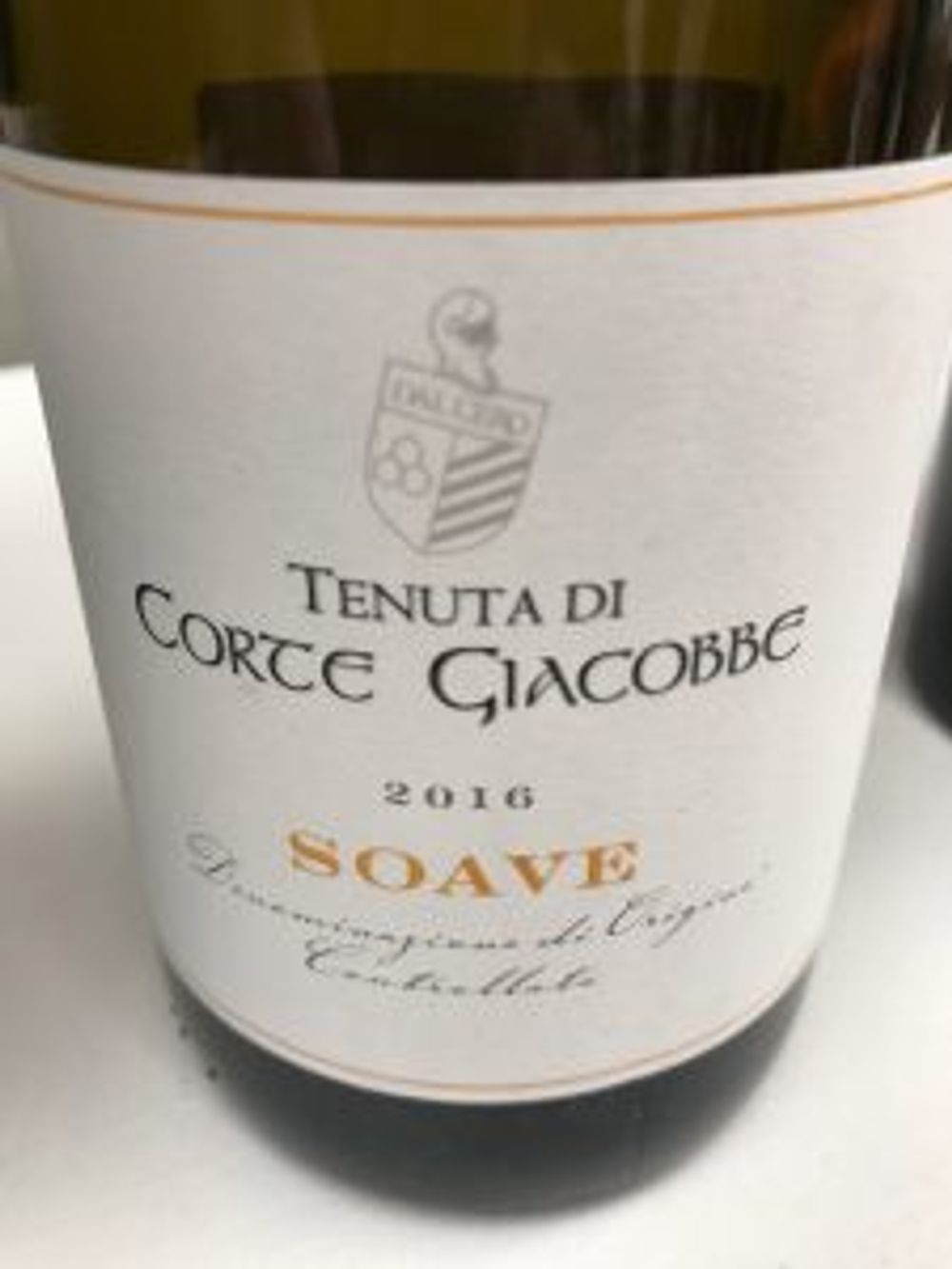
Tenuta Corte Giacobbe, Soave DOC, Dal Cero, 2016 (Vinexus)
A light straw colour, gorgeous lifted aromatics of white fruit, mouth-watering lemon peel on the palate, very fruity, slightly sweet on edge, fine texture. From volcanic soil.
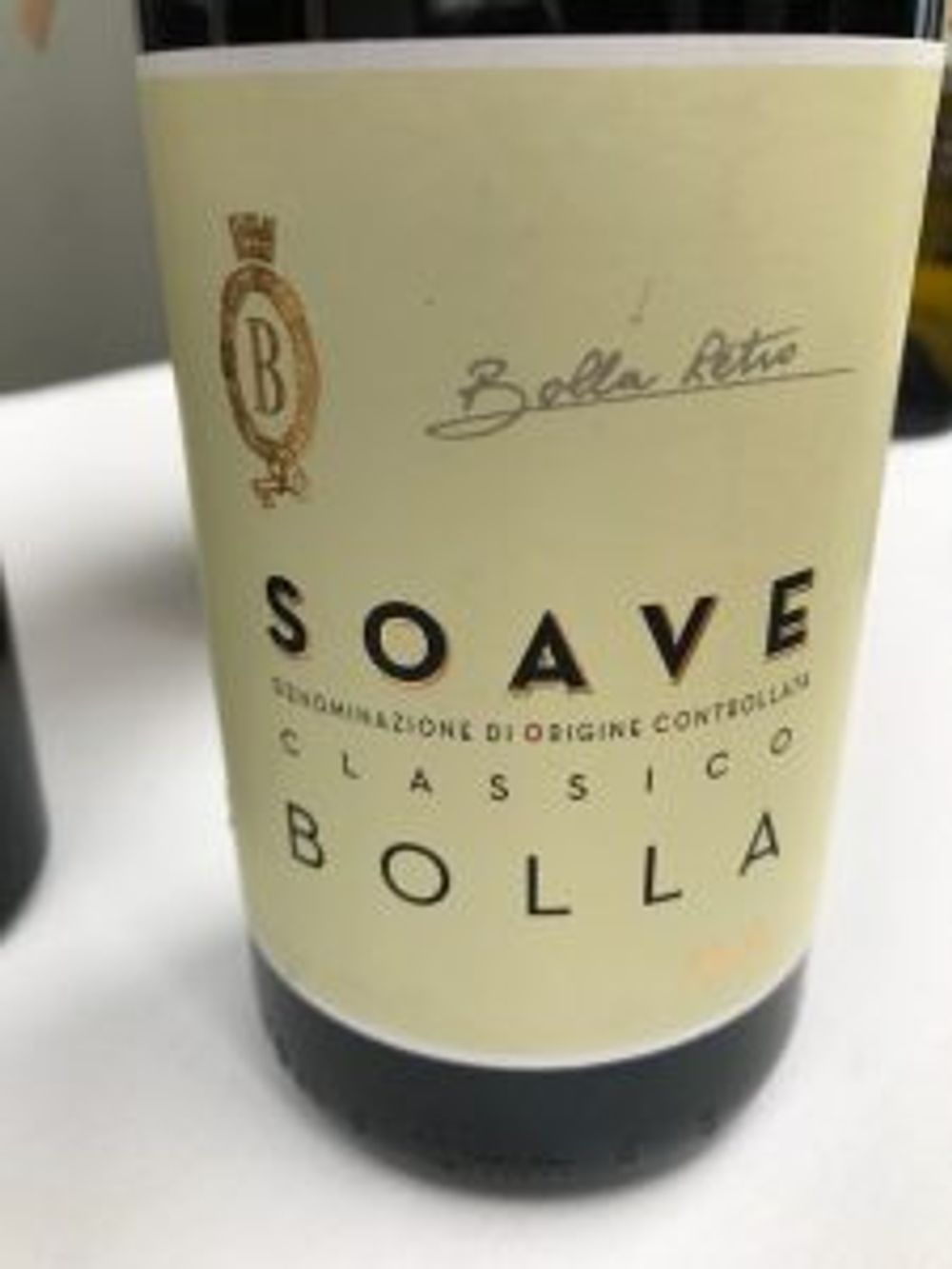
Soave Classico DOC, Bolla, 2016 (Matthew Clark)
Lifted fruity, sweet, fresh aromatics, and on the palate a lovely lemon zest, juicy, with a slight savoury edge to it on the finish. From grapes grown on a mixture of silty, clay and chalky soils.
Soave Classico DOC, Rocca Sveva, 2016 (Vinissimo)
From clay and volcanic soils this tasted a little younger on the front palate, its citrus profile was more like tarte au citron.
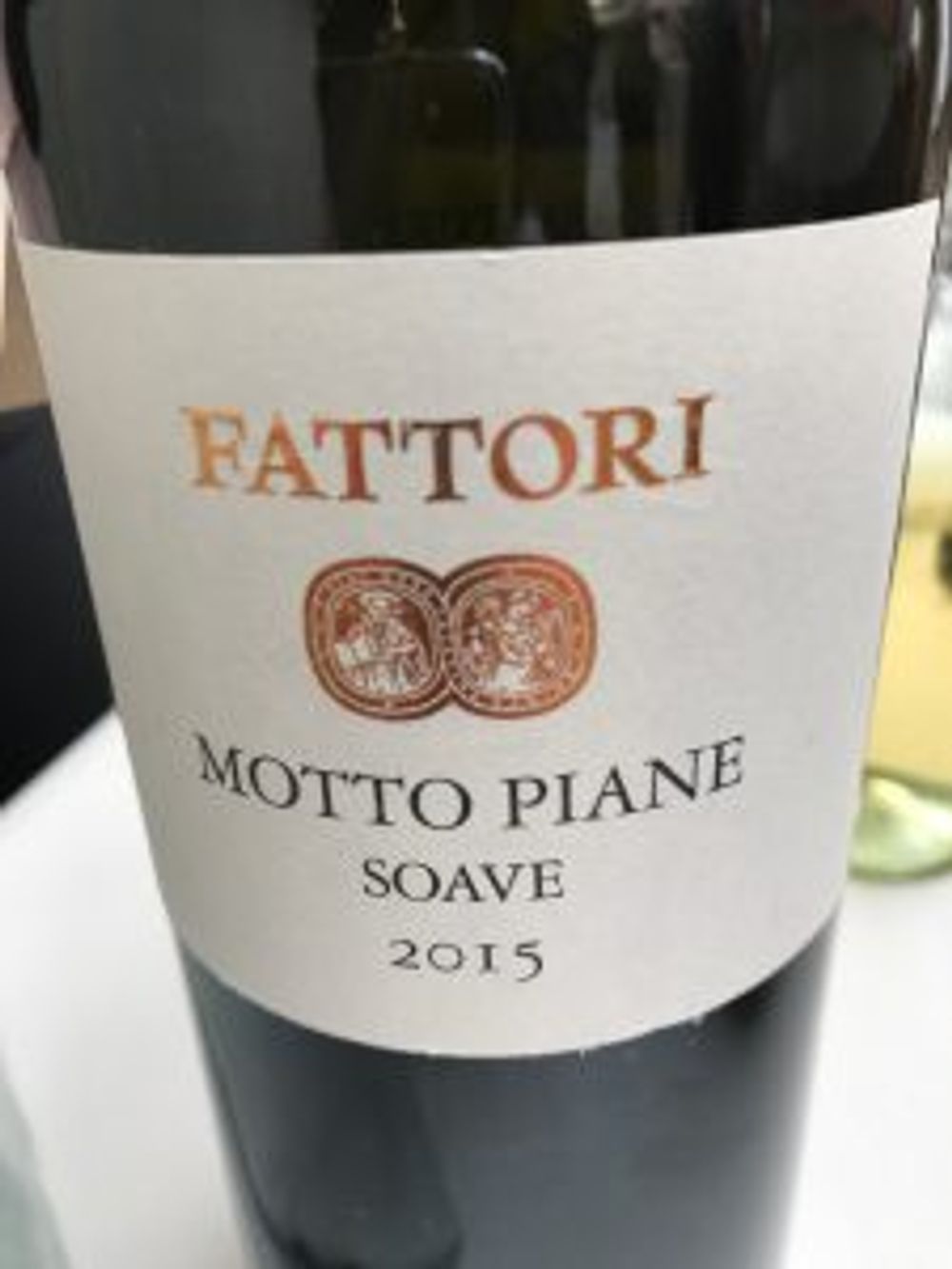
Motto Piane, Soave DOC, Fattori, 2015 (Sommelier’s Choice)
Golden straw colour (slightly darker than the other wines). The nose was a bit more volatile, a slight edge of pear drop, richer on the palate, more layers. A truly gorgeous wine from volcanic soil. The difference that just one year makes is considerable.
Montetondo, Soave Classico DOC, 2015 (Jascots)
Also nicely evolved this wine had sweet apples on the nose and palate, a good mix of minerality and salinity from volcanic soil.
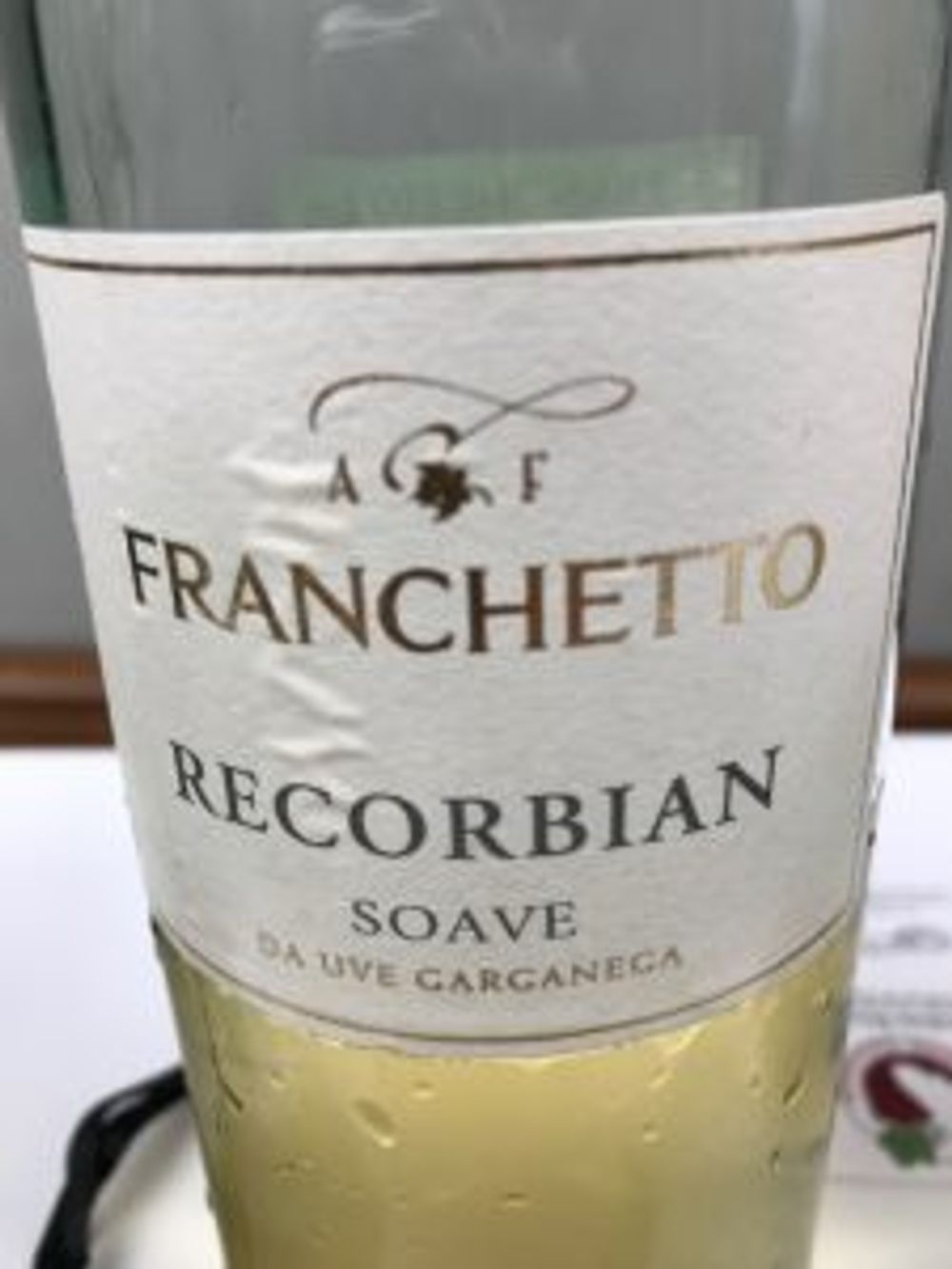
Recorbian, Soave DOC, Franchetto, 2015 (Vinothentic)
I clearly was taken by the 2015 from grapes grown on volcanic soil as this was also the case with this fresh, light, mouth-watering wine.
Panvinio, Soave Classico DOC, Villa Erbice 2014 (Gida)
The Soave Classico DOC recognises areas that are hilly with altitude and volcanic soil. Soave DOC, on the other hand are from grapes grown on low-lying areas. This 2014 shows a nice bit of evolution, lovely texture and spiciness coming through in the wine – candied fruit, almond and apricot. From gravelly soil
Foscarin Slavinus, Soave Classico Superiore DOCG, 2014 (Jascots)
One of the few wines at Soave Revealed that has the Superiore DOCG, a quality level that few producers are using. Superiore DOCG stipulates a higher level of alcohol, extraction and structure that not all winemakers want to follow. This wine from volcanic soil is evolved, honeyed and has ‘baskets’ of stone fruit particularly white peaches on the palate
Vigne della Bra, Soave DOC, Colli Scaligeri, Filippi, 2013 (Les Caves de Pyrene)
Interesting to see that a straightforward Soave DOC can age very well in the right hands. This is a single vineyard wine from 70 year old vines grown on South-facing basaltic-limestone at 400m. The wine is aged for 20 months on the lees. This is very different, more structured, mineral and with a noticeable higher acidity.
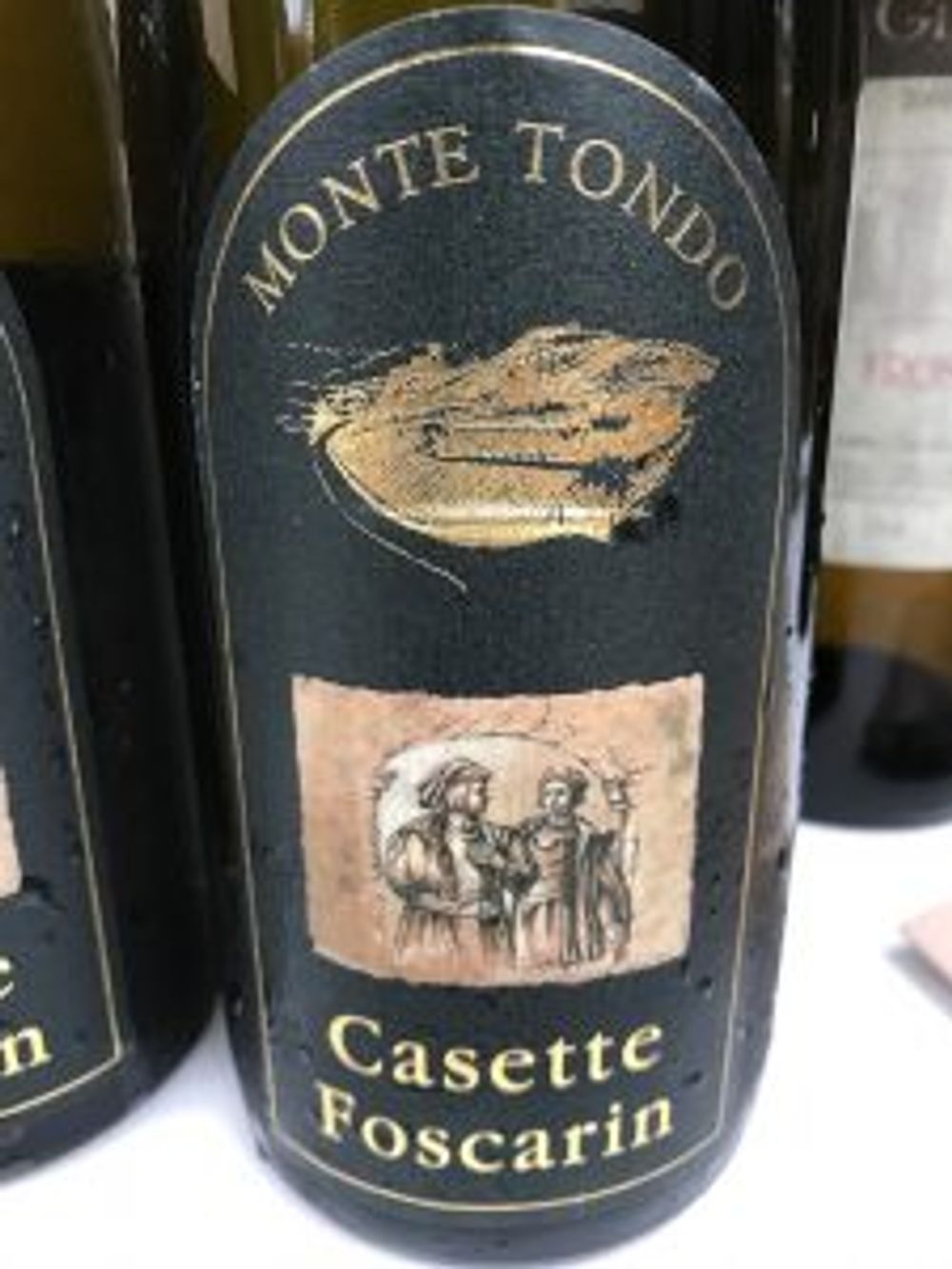
Cassette Foscarin, Soave Classico DOC, Montetondo, 2008 (Jascots)
One of the few wines that was 90% Garganega and 10% Trebbiano di Soave in the tasting. This had delicious secondary evolution – oranges, almonds, candied fruit. Still with powerful minerality and texture. Stunning.
La Froscà, Soave Classico DOC, Gini, 2006 (Justerini & Brooks)
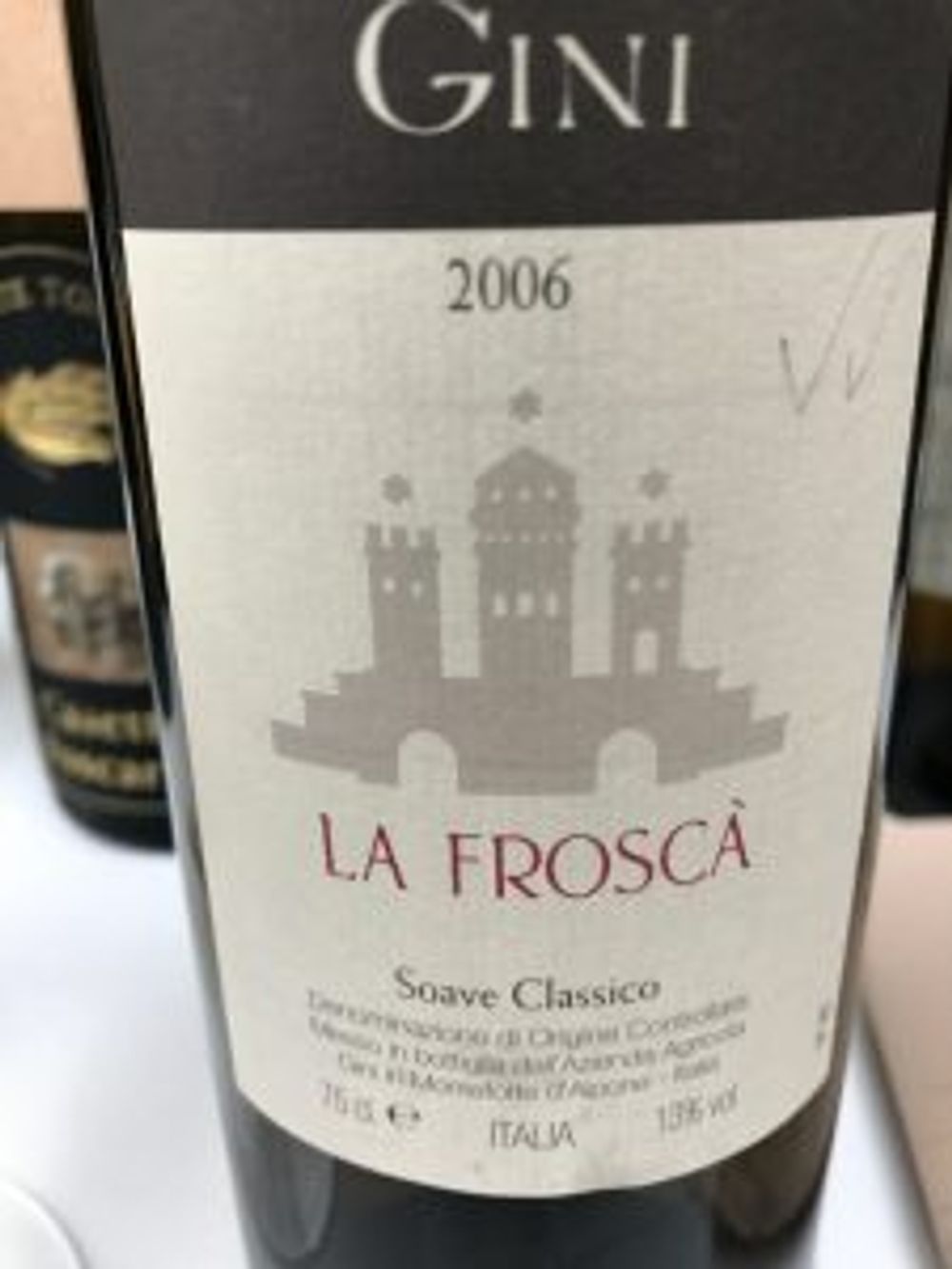
Along with Pieropan and Tessari, Gini is one of the top Soave producers, making this Classico from 60 year old vines grown on volcanic soil. A treat to try a Soave with such age on it. The colour was a bright orange and the normally zippy citrus has been replaced by deeper tangerine flavours, hints of marmalade. Still with a nice dry finish.




























